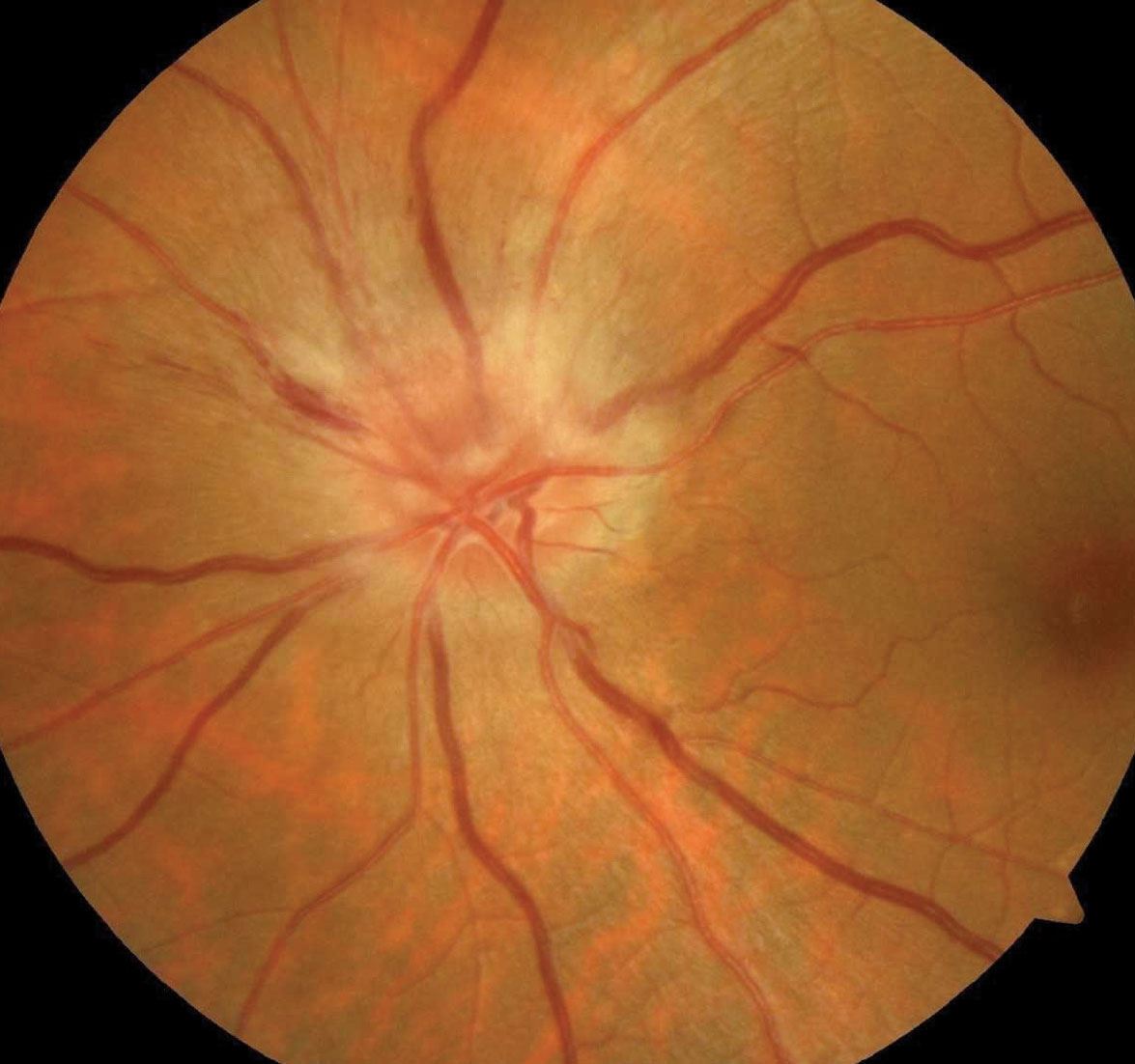 |
|
Men on these weight loss/diabetes control drugs had a higher risk of NAION compared with women. Photo: Neil Miller, MD. Click image to enlarge. |
Non-arteritic anterior ischemic optic neuropathy (NAION), the most common acute optic neuropathy in those over 50 years old, is not well understood and causes irreversible blindness. Glucagon-like peptide-1 (GLP-1) receptor analogues are a newer, highly effective category of medication for diabetes management. Drugs such as semaglutide (Ozempic and Wegovy, both Novo Nordisk), as well as tirzepatide (Mounjaro, Eli Lilly), have risen in popularity because of their efficacy for glycemic control and weight loss promotion. With an increasing number of diabetic patients being prescribed these drugs, it is important that eyecare providers understand the implications. Last week in Seattle, researchers from Massachusetts Eye and Ear as well as Havard Medical School presented their findings at ARVO 2024 that highlighted the link between prescribed GLP-1 inhibitors and the development of vision loss due to NAION.
The retrospective cohort study examined the association between the GLP-1R agonist and the development of NAION over a six-year period in the neuro-ophthalmology clinic. Patients with no prior NAION events were identified from a centralized clinical data registry and patients were matched by cardiovascular risk factors, contraindications and indications for the use of this GLP-1R agonist. From a total of 17,292 patients, 6,426 unique patients were identified to have risk factors for NAION, and 307 were prescribed and dispensed GLP-1R agonists. Of those, 30 patients were diagnosed with NAION (incidence rate: 4.83). From the 1,236 patients in the non-GLP1R agonist-exposed cohort, 88 patients were diagnosed with NAION (incidence rate: 1.05 and risk ratio: 4.59).
This study found that the hazard of NAION was 3.24 times higher in individuals exposed to the GLP-1R agonists compared with those who were not, after adjusting for confounders. Males had a higher risk of NAION compared to females. Those with diabetes as well as those with hyperlipidemia were also at a higher risk. The model’s overall significance was confirmed by the likelihood ratio test, Wald test and score test, all of which showed highly significant p-values.
“Clinicians and patients may consider this risk before initiating this GLP-1R agonist in those with a history of NAION, monocular patients and those with low vision at baseline,” the researchers wrote in their abstract.
As more patients are started on GLP-1 analogues, optometrists should be aware of the frequency of potential worsening retinopathy that occurs with rapid, improved glycemic control.
Original abstract content ©2024 Association for Research in Vision and Ophthalmology.
Carreno-Galeano JT, Krasniqi D, Rizzo JF, et al. Non arteritic ischemic optic neuropathy in patients receiving a glucagon-like peptide receptor agonists in a tertiary care center. ARVO 2024 annual meeting. |


